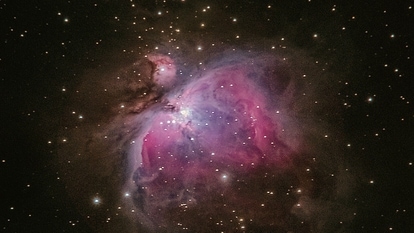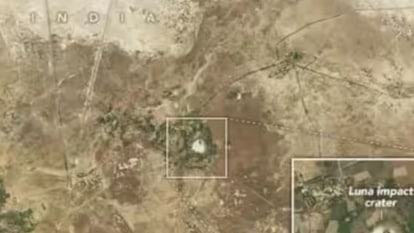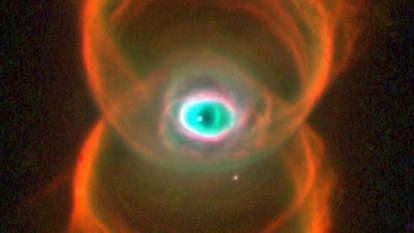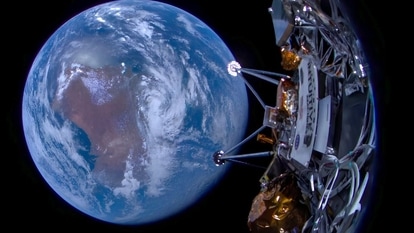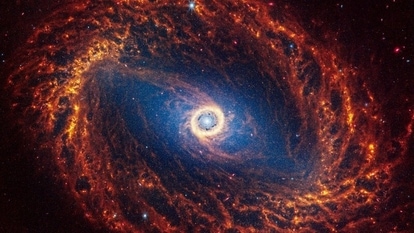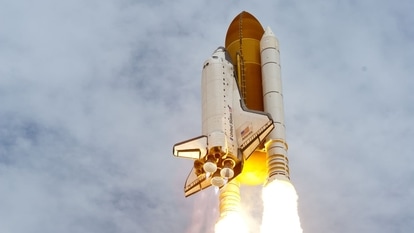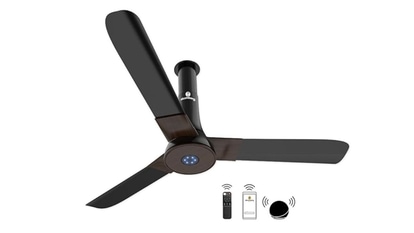Solar storm fury! Australia, Indian Ocean region suffer blackouts as Sun EXPLODES
A new sunspot has exploded, resulting in M2-class solar flare eruption. The extreme ultraviolet radiation from the flare has caused radio blackouts in Australia and the Indian Ocean region. A solar storm can arrive soon.
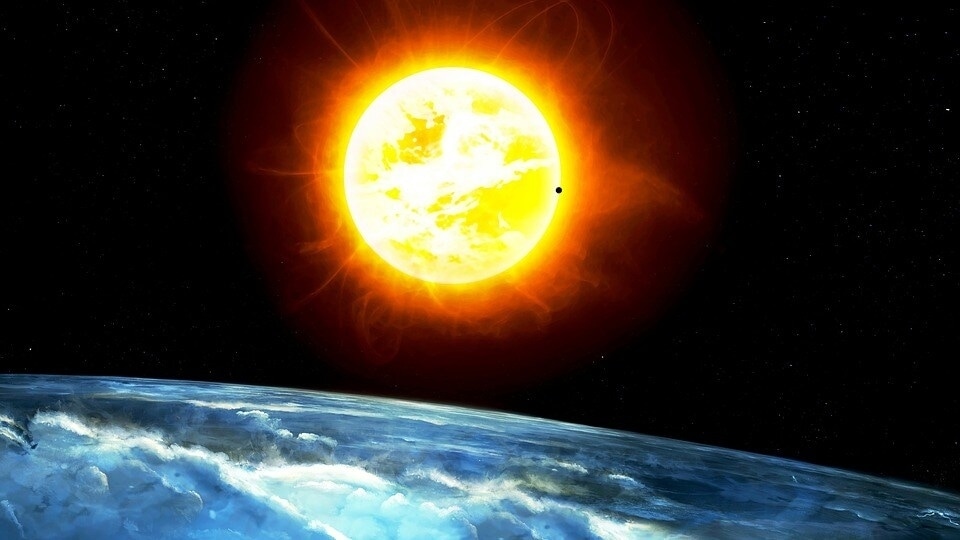
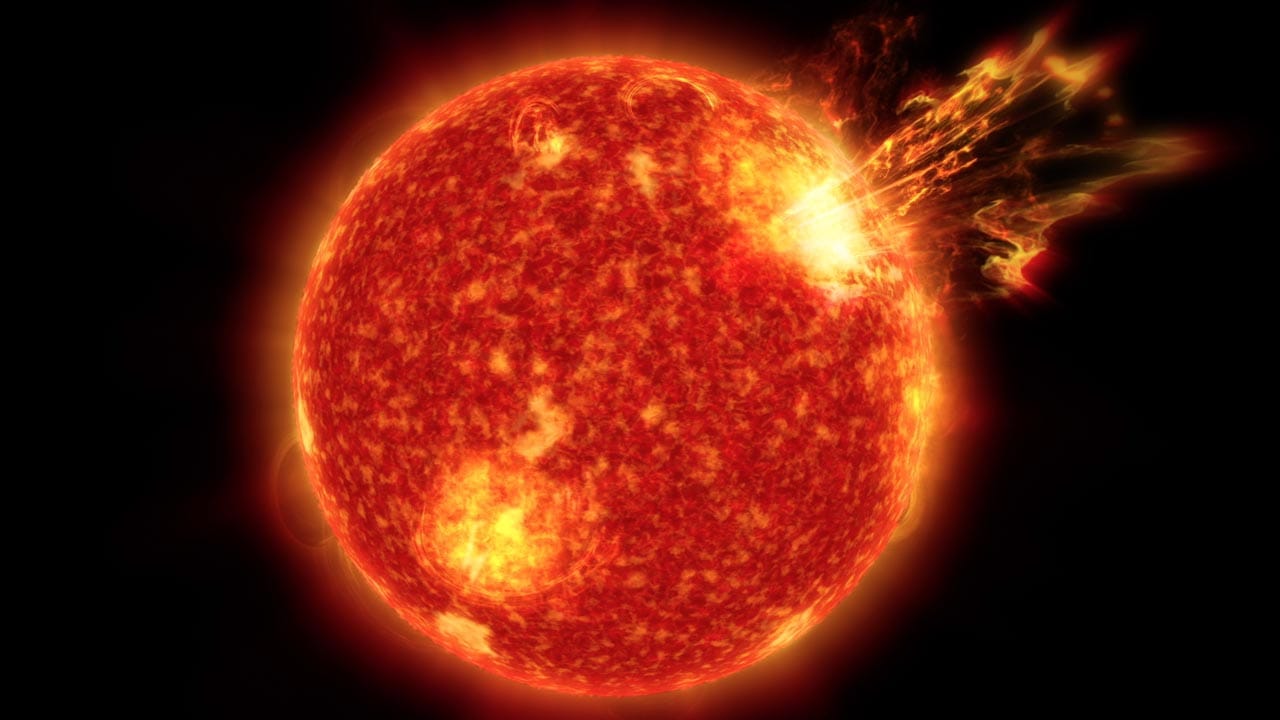
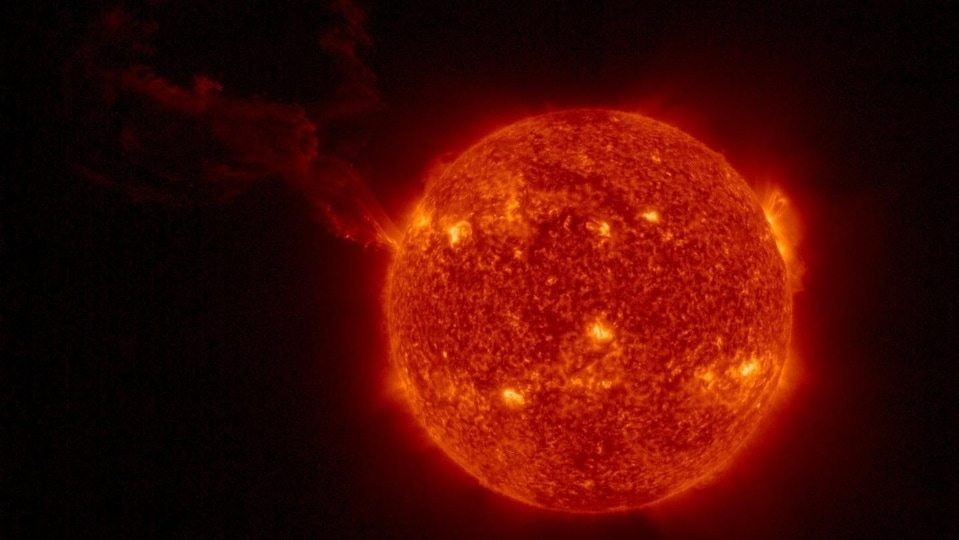
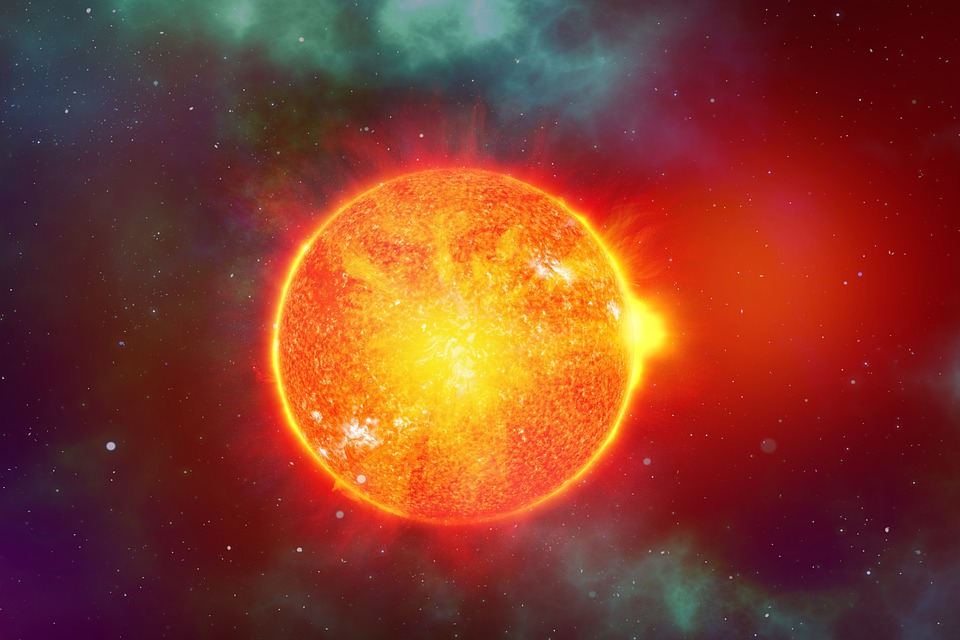


 View all Images
View all ImagesFor the second time in less than a week, the Indian Ocean region has become a target for solar disturbances. On April 6, a solar flare eruption disrupted GPS service and low-frequency radio waves resulting in a short-wave radio blackout in the region. And now, in the late hours of April 10, another eruption, this time an M2-class flare, occurred which resulted in blackouts over the Indian Ocean region and Australia. Notably, the geoeffective area for this blackout included India, Japan, Sri Lanka, Bangladesh, and other South Asian countries. Fears are now rising over another solar storm that might be arriving soon.
The incident was reported by SpaceWeather.com which noted on its website, “A new sunspot is emerging over the sun's southeastern limb, and it is crackling with flares. NASA's Solar Dynamics Observatory recorded this M2-class eruption on April 10th. A pulse of extreme ultraviolet radiation from the flare ionized the top of Earth's atmosphere, causing a brief shortwave radio blackout over Australia and the Indian Ocean”.
Solar flare triggers blackouts for Australia, Indian Ocean
During this period of shortwave radio blackout, drone pilots, amateur radio operators, and aviators in the affected region would have faced temporary disruption of low-end radio frequencies (usually 30MHz or lower). Additionally, GPS services might also have faced disruption for airline services and ships in the region. While the report has not mentioned the details around the duration, usually such blackouts stay for an hour to 90 minutes.
The Indian Ocean region escaped any solar storm impact for at least two years and now in just a week, it was exposed to two instances of radio blackouts. This is due to the increasing solar activity on the Sun as it is nearing the peak of its current solar cycle.
While it is too early to tell, the eruption could have also released a CME cloud which can reach the Earth in the coming days and cause a solar storm event. Such solar storms can damage satellites, disrupt mobile networks and internet services, and in extreme cases can also damage power grids and Earth-based sensitive electronics.
Role of the NASA Solar Dynamics Observatory
The NASA Solar Dynamics Observatory (SDO) carries a full suite of instruments to observe the Sun and has been doing so since 2010. It uses three very crucial instruments to collect data from various solar activities. They include the Helioseismic and Magnetic Imager (HMI) which takes high-resolution measurements of the longitudinal and vector magnetic field over the entire visible solar disk, Extreme Ultraviolet Variability Experiment (EVE) which measures the Sun's extreme ultraviolet irradiance, and Atmospheric Imaging Assembly (AIA) which provides continuous full-disk observations of the solar chromosphere and corona in seven extreme ultraviolet (EUV) channels.
Catch all the Latest Tech News, Mobile News, Laptop News, Gaming news, Wearables News , How To News, also keep up with us on Whatsapp channel,Twitter, Facebook, Google News, and Instagram. For our latest videos, subscribe to our YouTube channel.



